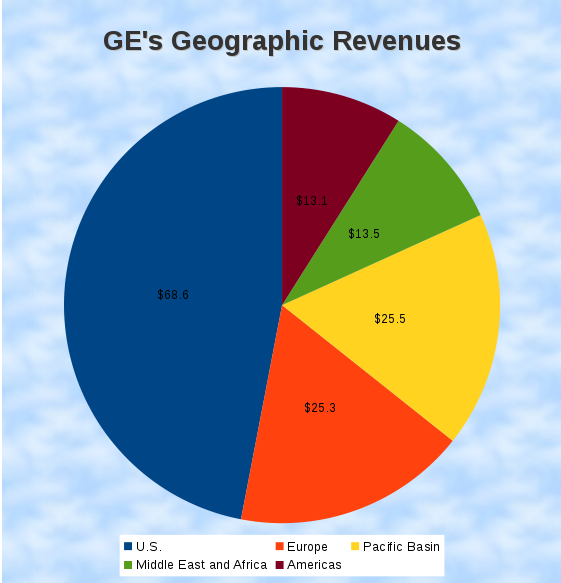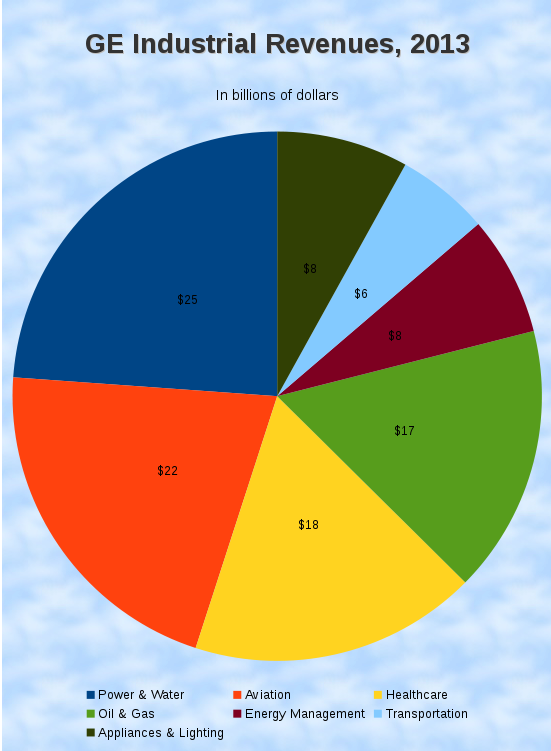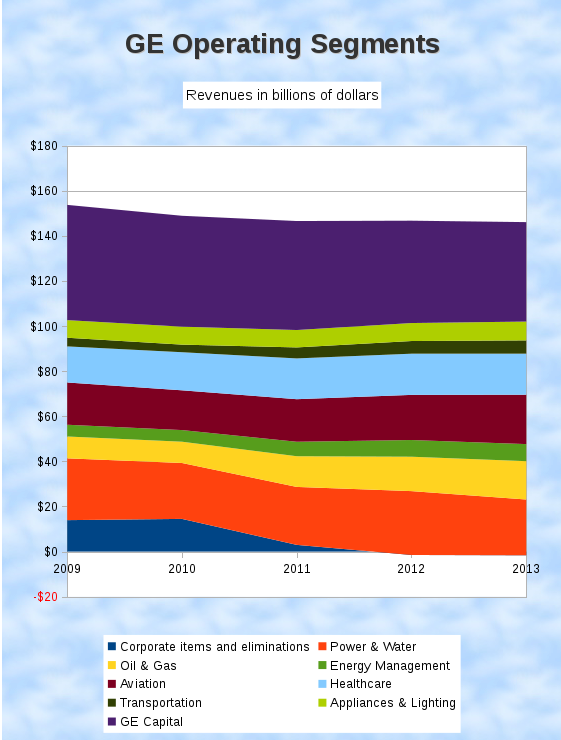Filed under: Investing
North Dakota has a flaring problem, and it's hurting the U.S. economy and the environment. A negative impact of soaring hydrocarbon production is the rapid increase in natural gas flaring in North Dakota. Oil and gas producers don't want to set valuable production ablaze, and neither does the general population, but without adequate midstream infrastructure in place there are no other options.
Currently ~30% of North Dakota's natural gas production is being flared, but by 2020, the state government wants to reduce that to just 10% of natural gas output. While legislative action is under way, Oneok Partners L.P. has already embarked on a comprehensive plan that will cut gas flaring substantially.
Who wants more processing capacity?
By the end of 2014, Oneok Partners L.P. will have fully built out its Divide County Gathering System in the Bakken, which currently is operational. By expanding its gas gathering capacity, Oneok Partners L.P. will also be able to boost its natural gas processing capacity. Through the end of 2015, Oneok Partners L.P. wants to bring three new gas processing facilities online in the Bakken.
Garden Creek II will come online in the third quarter of 2014, with the ability to process 100 MMcf/d (million cubic feet a day) of natural gas. Six months later, Garden Creek III is projected to come online, and it too will have 100 MMcf/d of gas processing capacity.
To top it off, the 200 MMcf/d Lonesome Creek plant will be completed in the fourth quarter of 2015. Combined, these three plants will add 400 MMcf/d of processing capacity to service natural gas production, on top of the 300 MMcf/d of capacity that Oneok Partners has added since April 2011.
For June, the EIA predicts Bakken natural gas production to come in at 1,262 MMcf/d. Flaring roughly a third of that means North Dakota is "letting" 380 MMcf/d of production go to waste, which soon will instead go to one of Oneok Partners' new plants. As North Dakota's production continues its meteoric rise, albeit at a slower pace, Oneok Partners' new investments should easily be running at full capacity by the time construction is completed.
An E&P player on top of things
The expansion of Hess Corp's Tioga gas plant in North Dakota will aid Oneok Partners' fight to reduce gas flaring. At first the Tioga plant had 100 MMcf/d of natural gas processing capacity, which has been increased to 120 MMcf/d and will soon be ramped up to 250 MMcf/d. Through this expansion, Hess Corp is forecasting that its flaring will be reduced to 15%-20% of gas output from 25% before the plant reopened. This will allow more of Hess' output to be sold, boosting cash flow.
To bring that down further, Hess Corp could increase Tioga's processing capacity to 300 MMcf/d. Since 2012, Hess has spent $1.5 billion building out oil and gas infrastructure in North Dakota, supporting its 17 rig drilling program that is developing its Bakken/Three-Forks position. For 2014, Hess Corp hopes to produce 80,000-90,000 boe/d out of the Bakken/Three-Forks play, which could possibly double to 150,000 boe/d by 2018 if guidance is met. While most of Hess' output from North Dakota is crude, it still is smart for Hess Corp to build gas processing capacity. By expanding the Tioga plant Hess has removed the regulatory uncertainty around its growth ambitions, painting a clear path of future value creation for shareholders.
Foolish conclusion
Oneok Partners L.P. has been leading the pack in regards to building out the necessarily infrastructure to keep the Bakken boom alive. E&P players, like Hess Corp, that are planning ahead by undertaking midstream projects now will be greatly rewarded in the future by ensuring that future production will be able to be sold. Plus, the reduced regulatory uncertainty regarding new gas flaring rules will work heavily in Hess Corp's favor.
When natural gas prices were low, it was hard to justify expanding gas gathering and processing capacity. But as prices rebounded and legislative action was taken up on the state level, those like Oneok Partners that saw through the rough patch are prepared to profit. As natural gas production keeps rising from the Bakken/Three-Forks formation, those who planned ahead like Oneok have the midstream operations in place to rake in much larger streams of distributable cash flow. Not only will Oneok Partners benefit, but so will the environment due to the expected decrease in gas flaring over the next few years.
Do you know this energy tax "loophole"?
You already know record oil and natural gas production is changing the lives of millions of Americans. But what you probably haven't heard is that the IRS is encouraging investors to support our growing energy renaissance, offering you a tax loophole to invest in some of America's greatest energy companies. Take advantage of this profitable opportunity by grabbing your brand-new special report, "The IRS Is Daring You to Make This Investment Now!," and you'll learn about the simple strategy to take advantage of a little-known IRS rule. Don't miss out on advice that could help you cut taxes for decades to come. Click here to learn more.
The article Solving the Flaring Problem in North Dakota originally appeared on Fool.com.
Callum Turcan has no position in any stocks mentioned. The Motley Fool recommends Oneok Partners. Try any of our Foolish newsletter services free for 30 days. We Fools may not all hold the same opinions, but we all believe that considering a diverse range of insights makes us better investors. The Motley Fool has a disclosure policy.Copyright © 1995 - 2014 The Motley Fool, LLC. All rights reserved. The Motley Fool has a disclosure policy.
Read | Permalink | Email this | Linking Blogs | Comments








































